A short reflection on 2020 and the importance of social engagement for psychological wellbeing. (5 minute read)
Looking back at 2020, we all know it has been a tough year in which each of us, in some way, has had to adjust to the day-to-day challenges of living with COVID-19. Many of us experienced heightened concerns for our health and that of our families. Those living alone faced increased social isolation. Others sadly suffered great loss.
In the workplace, millions had to rapidly adjust to change and a new work-life balance; working from home and home-schooling children, with the inevitable boundary blurring that this entails. Many more have found themselves furloughed or without work altogether. The current forecast is that these measures will continue into 2021. It seems inevitable therefore that all this should have had an impact on our psychological wellbeing.
To understand the extent of psychological response to a pandemic, it is important to consider the innate human reactions of fear and anger. As defence mechanisms, these responses have evolved to protect animals in potentially threatening situations. They originate in the brain and activate the body’s autonomic nervous system (ANS). Ordinarily responsible for automatic bodily functions, such as breathing, heart rate and digestion, the ANS also scans for and interprets any potential cues of danger.
Neuroscientist Dr. Stephen Porges suggests that there are three evolutionary stages within the ANS: immobilisation, mobilisation and social engagement.
Humans are a social species which have evolved to operate in groups. According to the evolutionary scientist Dobzhansky, the ability to cooperate and work together has enabled us to protect our species from threat and achieve advances that would otherwise have been impossible. We have also evolved to use our relationships with others to regulate our physiology and support our health and wellbeing.
Dr Porges suggests that human survival is dependent on how well we can co-regulate our neurophysiological state through social engagement. According to his Polyvagal Theory, when we interact with others we unconsciously receive signals which indicate degrees of physical and emotional safety. We process signals from faces, voices, body language and touch. Signals that allow us to feel safe will trigger the ‘rest and digest’ state.
Porges suggests that, when faced with a danger, our ANS first seeks reassurance through social engagement. We look to trusted others to reassure us and re-establish safety, in much the same way as an infant seeks a parent to sooth it when frightened. If that does not happen, or if we perceive the danger to be too extreme, then we move to the ‘fight or flight’ state. And finally, if that fails to bring us to safety, our mind and body adopt the primitive approach of numbing and shutting down. The role of social engagement is therefore central to managing stress, anxiety and building resilience.
According to Self-determination Theory, psychological wellbeing is based on the three basic needs of autonomy, competence and relatedness. If we are unable to satisfy one of these needs, there is potential for diminished wellbeing and mental ill-health. One of the ways that humans create opportunities for relatedness is by forming communities and organisations. Through collaboration and interaction, we build a sense of self and our relationships with others. Communication is a key element of social engagement.
During a pandemic fear, anxiety and stress levels are raised. However, our response to the contagion has necessarily been to implement self-isolation and social-distancing in order to reduce the opportunity for the virus to spread. The human need for social engagement now carries with it a threat of infection. Porges suggests that we need to find a way to reduce anxiety by using the safe channels of social engagement that we still have available.
The challenges presented by the COVID-19 pandemic have therefore brought a renewed focus on the importance of effective employee communication in supporting organisations to steer a smooth course through turbulent times. It also leads us to be more mindful in our choice of communication channels during a pandemic, or any other crisis. The media we employ and the way we communicate should provide employees with cues of safety and connectedness. According to Media Richness Theory, richer forms of media enable the depth of relationship that we need. Face-to-face contact is the richest medium and is better suited to creating connections. It also leads to a range of neuroregulatory processes that sooth and inhibit our fight or flight responses.
Porges observes that although the pandemic presents a significant challenge to our nervous system, we now have tools that enable us to connect with virtual ‘face to face’ technology, even when we are required to keep a distance. The use of video calling enables spontaneous facial expressions, vocal cues and feedback, and for this reason has the capacity to be a rich substitute, although not a replacement, for true face-to-face interaction.
However, for the video conference to facilitate safety, we need learn to use this to share feelings and not just words. Historically, images on a screen have been detached and unrelated to us, which means our neural sensitivity to video images is relatively low. We are also used to multi-tasking while watching a screen: eating, texting or working while watching TV for example. One tendency on video calls is to switch off the camera and multi-task while listening, unmuting only to speak.
However, for virtual communication to build connectedness, we need to approach it with an understanding of the social cues our nervous system requires. Being mindful of the other while on video calls enhances the interaction. The simple act of switching on the camera requires us to be present and meet each other in the interactive space – ‘distant socializing’ seems an appropriate way to describe this.
A further role of Internal Communications is to build positive narratives. Our nervous systems crave reassurance from trusted others. Internal communicators are well placed to understand the culture and strategic direction of the organisation, to develop a narrative of connection and support, and to create the space and time for reassuring stories to be shared and dialogue to occur.
Applying the lens of Polyvagal Theory to Internal Communications within organisations at a time of crisis, we see how Internal Communications professionals can support employees through challenging times that may lie ahead by understanding what builds a sense of safety and connection for the autonomic nervous system and employing this knowledge to support employee wellbeing.

Photo by Compare Fibre on Unsplash
